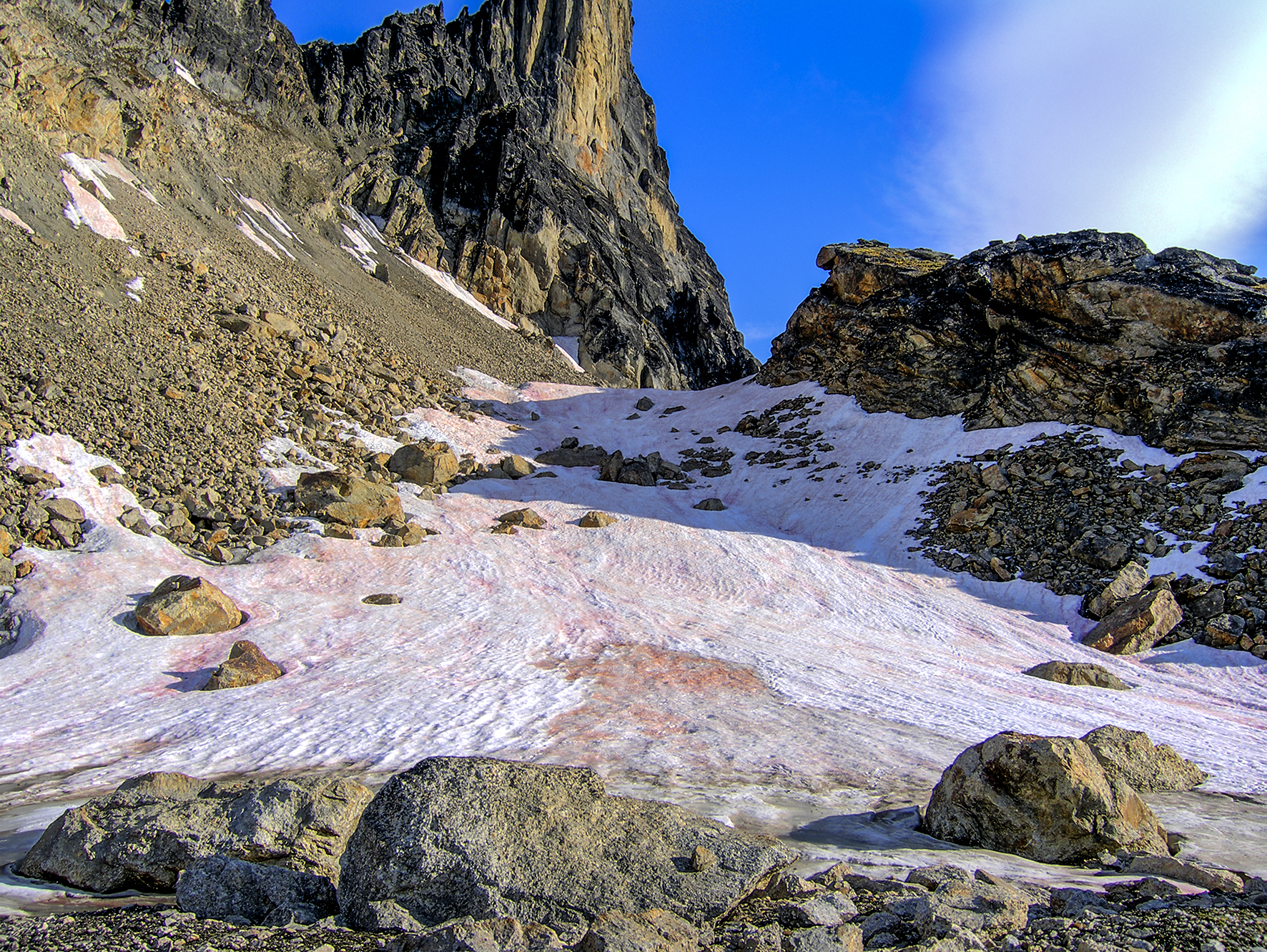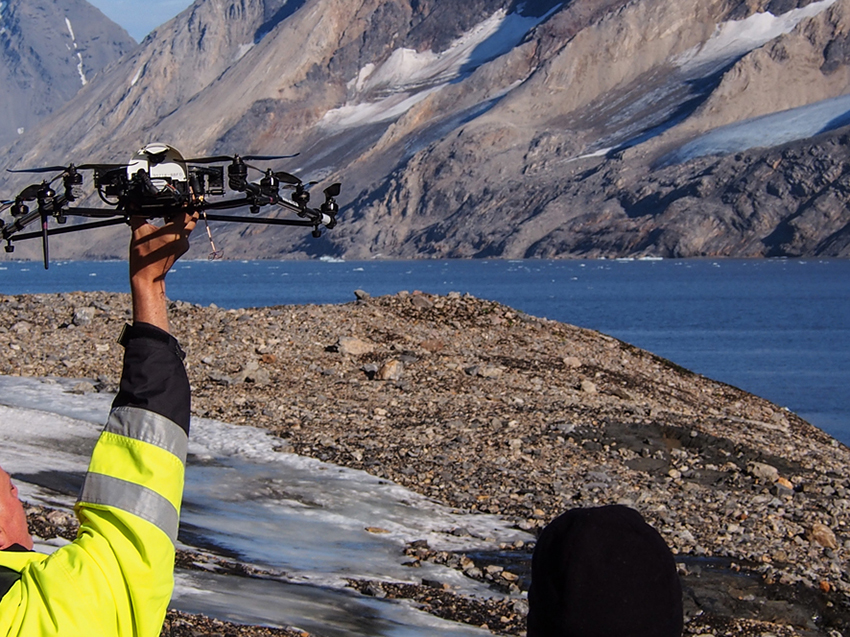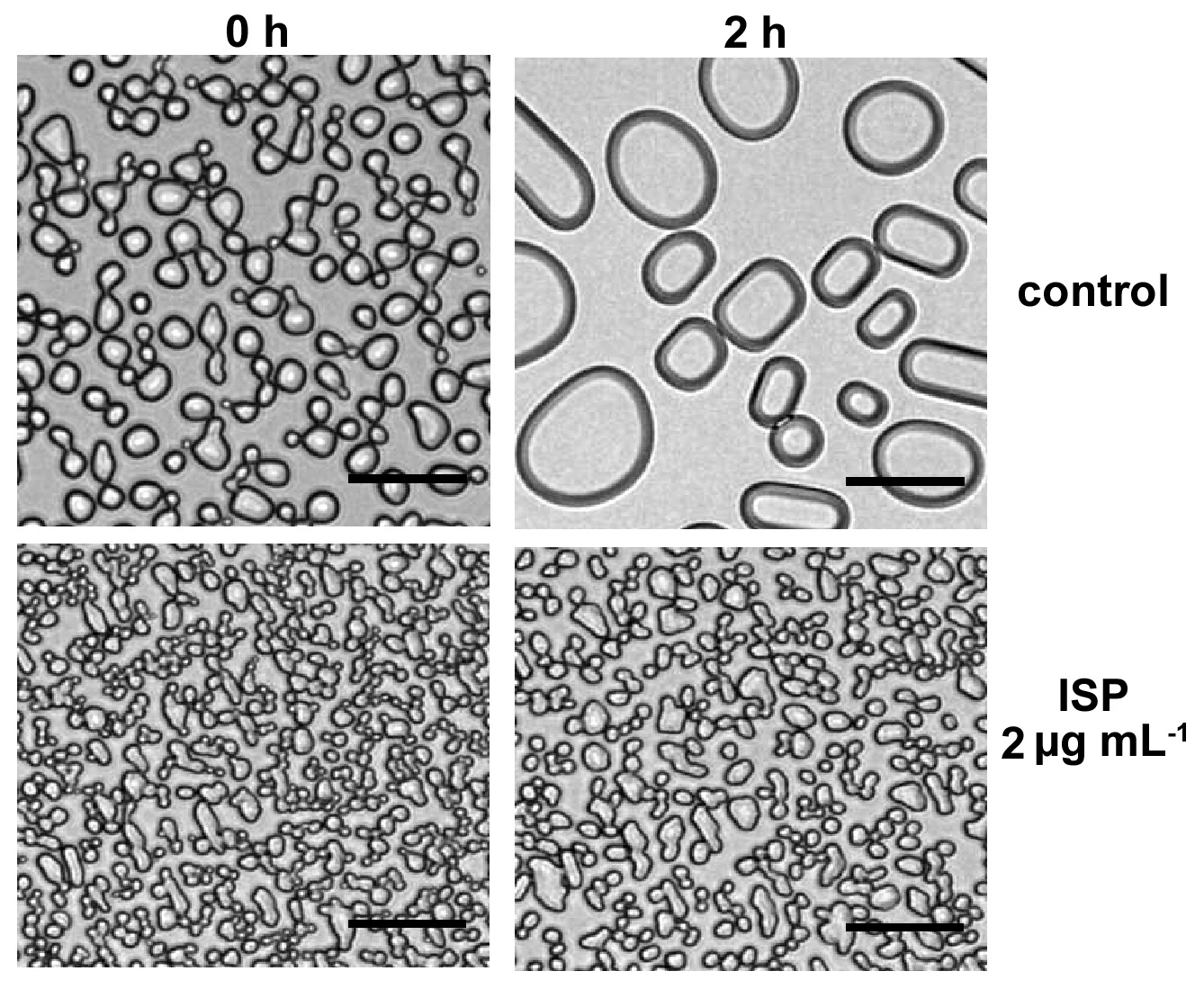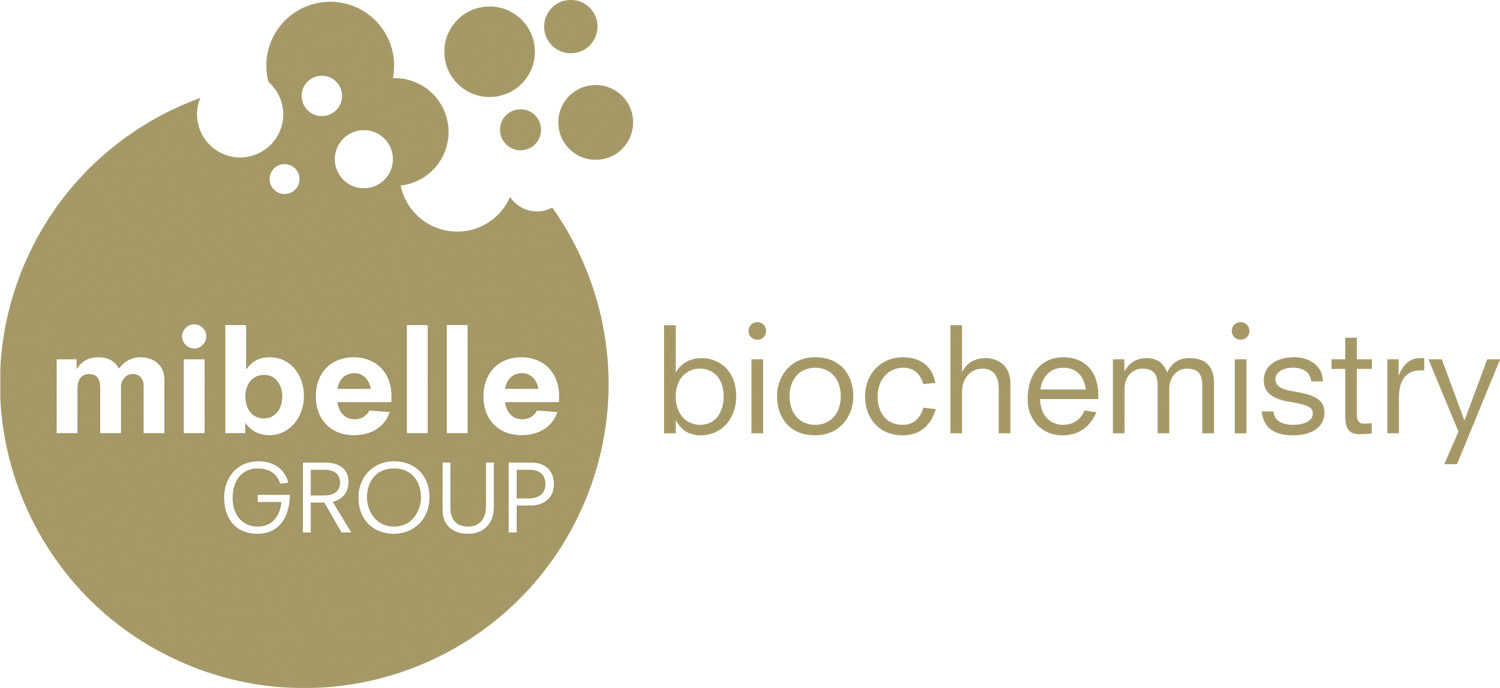

This research segment deals with the adaptation strategies and usability of cryophilic (= cold-loving) freshwater microalgae, i.e. snow and permafrost algae. Cryophilic algae are exposed to a variety of extreme stress factors in their natural habitats. First and foremost, these include low temperatures, intense light and UV radiation, dehydration and greatly varying nutrient availability and salt content. The goal is to characterize the isolates in terms of their diverse strategies for adapting to these extreme environmental parameters and to take the special enzymes and metabolites developed from the algae and use them in industrial applications.
The CCCryo culture collection, which is unparalleled in its scope and diversity, serves as the basis for this. The algae strains were collected and isolated during expeditions to the polar regions. Cyanobacteria, mosses, fungi and eubacteria are cultivated as well. The www.cccryo.fraunhofer.de website provides strain details and ordering information.
 Fraunhofer Institute for Cell Therapy and Immunology, Branch Bioanalytics and Bioprocesses IZI-BB
Fraunhofer Institute for Cell Therapy and Immunology, Branch Bioanalytics and Bioprocesses IZI-BB

